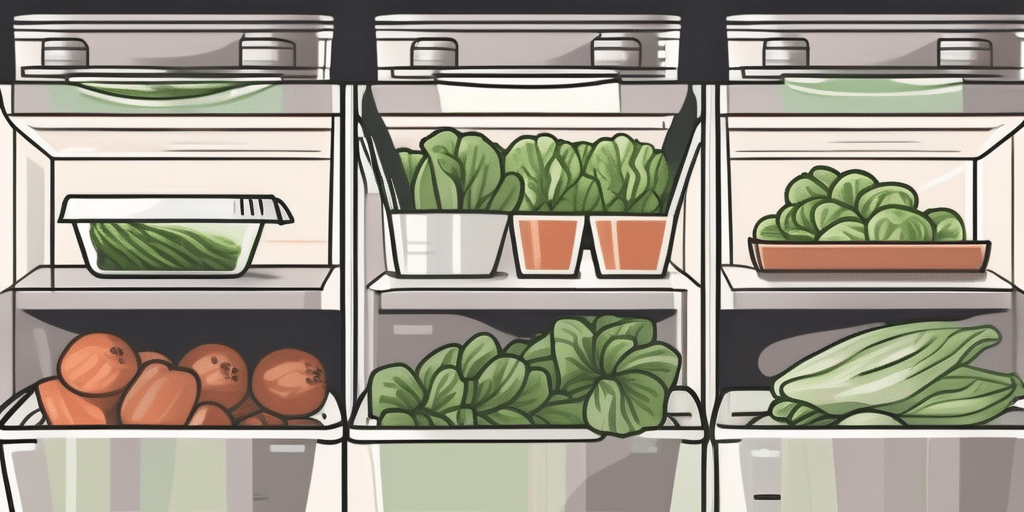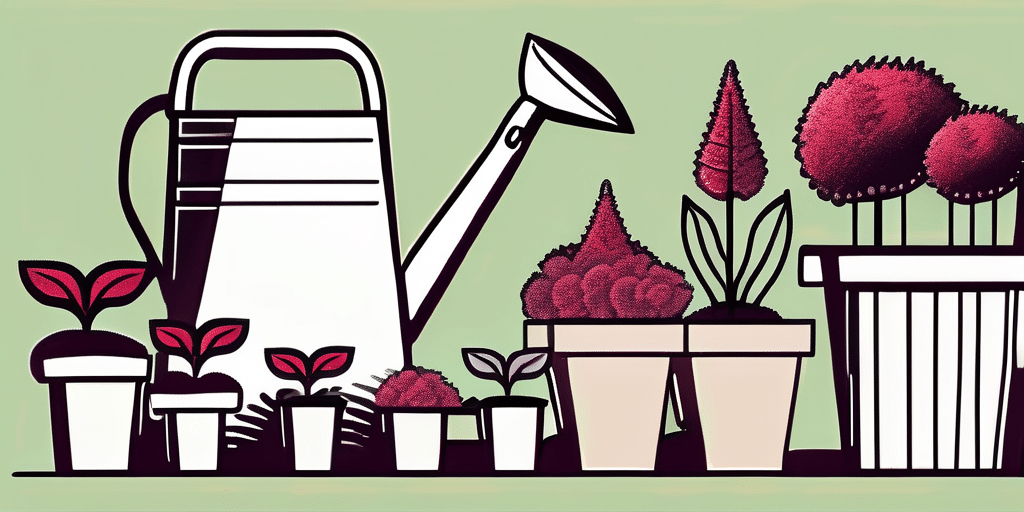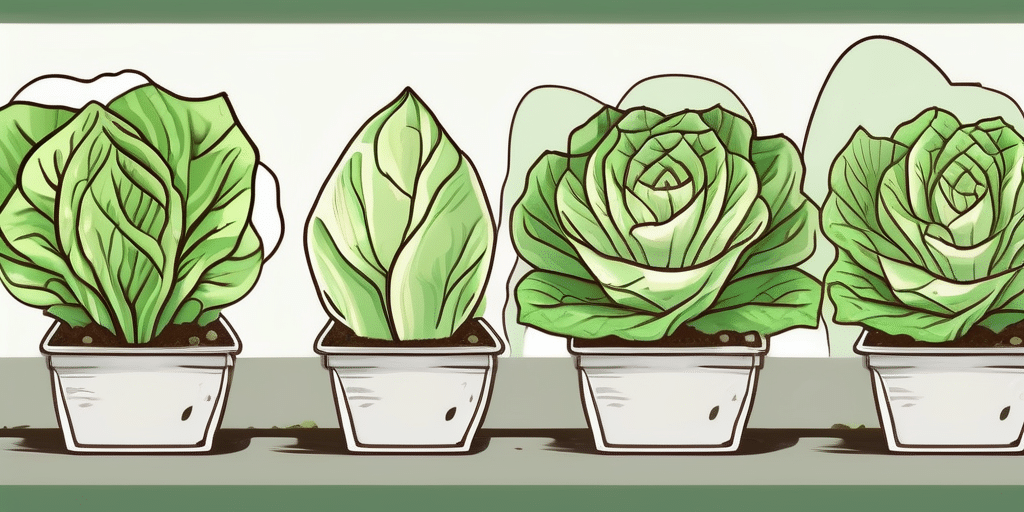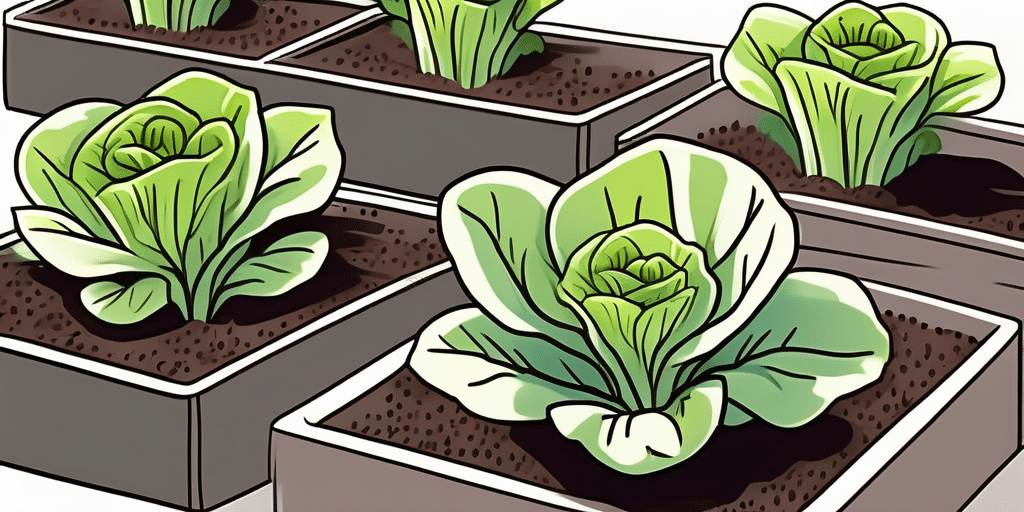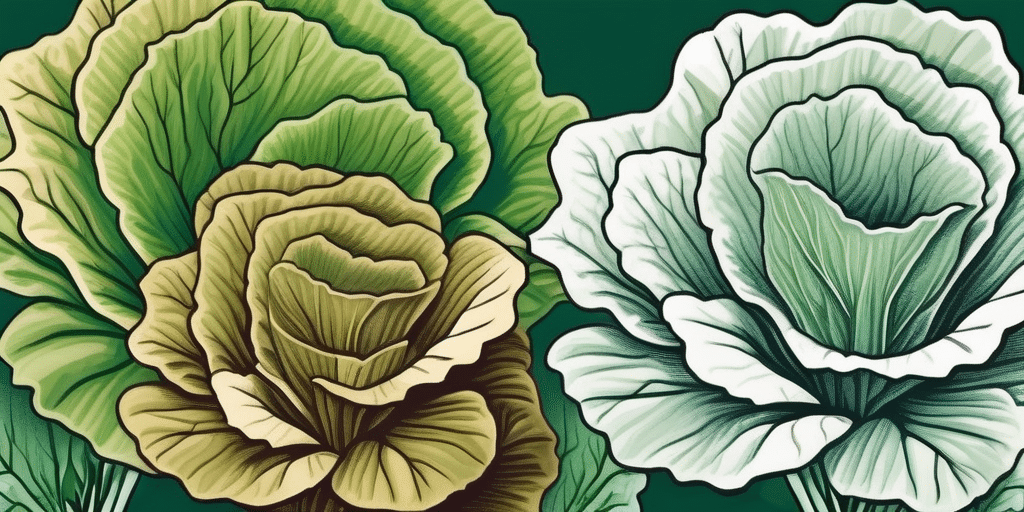Sucrine lettuce is a delightful and versatile leafy green that thrives in zones 5a and 5b. If you’re a gardener in these zones, you’re in luck because sucrine lettuce is relatively easy to grow and provides a crisp, sweet addition to salads and sandwiches. In this article, we will discuss everything you need to know about growing sucrine lettuce in zones 5a and 5b, from climate considerations to planting and harvesting. Let’s dig in!
Growing Sucrine Lettuce in Zones 5a and 5b
Growing sucrine lettuce in zones 5a and 5b is not only possible but can be incredibly rewarding. With the right conditions and care, you can enjoy a bountiful harvest of fresh, crispy sucrine lettuce leaves. Here are a few things to keep in mind when growing sucrine lettuce:
- Choose the right variety: Sucrine lettuce comes in several varieties, so select one that is known for performing well in zones 5a and 5b. Some popular options include ‘Little Gem’ and ‘Sucrine du Berry’.
- Prepare the soil: Sucrine lettuce prefers well-draining soil that is rich in organic matter. Before planting, amend the soil with compost or well-rotted manure to improve its fertility.
- Provide ample sunlight: Sucrine lettuce enjoys full sun exposure, so make sure to choose a location in your garden that receives at least six hours of direct sunlight per day.
- Water consistently: Sucrine lettuce does best when the soil is consistently moist but not waterlogged. Aim to provide about an inch of water per week, either through rainfall or irrigation.
When it comes to planting sucrine lettuce, spacing is key. Make sure to plant your lettuce seeds or seedlings at the recommended distance to allow proper airflow and prevent overcrowding, which can lead to disease. Additionally, consider using a layer of mulch around your lettuce plants to help retain soil moisture and suppress weed growth.
For optimal growth, consider incorporating a balanced fertilizer into your sucrine lettuce care routine. A fertilizer with equal parts nitrogen, phosphorus, and potassium can help promote healthy leaf development and overall plant growth. Be sure to follow the manufacturer’s instructions for application rates and frequency to avoid over-fertilizing, which can harm your lettuce plants.
Climate & Hardiness in Zones 5a and 5b
In zones 5a and 5b, sucrine lettuce can be grown as both a spring and fall crop. Understanding the climate and hardiness of sucrine lettuce in these zones will help you plan your planting and harvesting schedule accordingly:
Zone 5a and 5b are characterized by their cold winters and relatively short growing seasons. However, sucrine lettuce, being a cool-season crop, is well-suited to these conditions. The crisp, sweet leaves of sucrine lettuce are a delightful addition to any garden, providing fresh greens even when temperatures drop.
- Cool-season crop: Sucrine lettuce thrives in cool temperatures and can tolerate light frosts. It prefers temperatures between 45°F (7°C) and 75°F (24°C).
- Timing is key: For a spring crop, start planting sucrine lettuce seeds indoors 4-6 weeks before the last expected frost date. Transplant the seedlings outdoors once the soil can be worked. For a fall crop, sow sucrine lettuce seeds directly in the garden around 6-8 weeks before the first expected frost date.
One of the advantages of growing sucrine lettuce in zones 5a and 5b is the ability to extend the growing season by utilizing season-extending techniques such as row covers or cold frames. These methods can help protect the lettuce from early frosts in the fall or late frosts in the spring, allowing you to enjoy fresh harvests for a longer period.
When to Plant Sucrine Lettuce in Zones 5a and 5b
To determine the best time to start planting sucrine lettuce in zones 5a and 5b, consult the average frost dates for your area with the help of resources such as the USDA Plant Hardiness Zone Map or your local Cooperative Extension Service. Here are some general guidelines:
- Spring planting: Start planting sucrine lettuce seeds indoors in late winter, around 4-6 weeks before the last expected frost date. Transplant the seedlings outdoors once the soil temperatures are consistently above freezing.
- Fall planting: Sow sucrine lettuce seeds directly in the garden in late summer or early fall, around 6-8 weeks before the first expected frost date. This allows enough time for the lettuce to grow and mature before the colder temperatures arrive.
It’s important to note that sucrine lettuce, also known as Little Gem lettuce, is a compact variety that is perfect for small gardens or containers. This crisp and sweet lettuce is a favorite among gardeners for its delicate flavor and crunchy texture. Sucrine lettuce is also known for its resistance to bolting, meaning it is less likely to prematurely produce flowers and seeds in response to stress or high temperatures.
When planting sucrine lettuce, ensure that the soil is well-draining and rich in organic matter to promote healthy growth. Consider adding a layer of mulch around the plants to help retain moisture and suppress weeds. Additionally, regular watering is essential for sucrine lettuce, especially during dry periods, to prevent the leaves from becoming bitter. By following these planting and care tips, you can enjoy a bountiful harvest of fresh sucrine lettuce throughout the growing season.
When to Harvest or Pick Sucrine Lettuce in Zones 5a and 5b
Knowing when to harvest or pick sucrine lettuce is crucial to ensure that you enjoy its peak flavor and crispness. Here’s what you need to know:
- Check the days to maturity: Different sucrine lettuce varieties have varying days to maturity, typically ranging from 55 to 70 days. Check the seed packet or plant tag for specific guidance.
- Inspect the leaves: Sucrine lettuce is ready to harvest when the leaves have reached a desirable size, which is typically around 4-6 inches in length. The outer leaves can be harvested individually, allowing the inner leaves to continue growing.
- Harvest in the morning: For the best flavor and texture, harvest sucrine lettuce in the morning when the leaves are at their crispest.
When it comes to sucrine lettuce, the ideal time for harvesting can also be determined by the weather conditions in Zones 5a and 5b. In these zones, where temperatures can vary, it’s important to consider harvesting during cooler parts of the day to prevent the lettuce from wilting too quickly. By choosing the right time of day, you can ensure that your sucrine lettuce retains its freshness and crunchiness.
Furthermore, for those gardeners in Zones 5a and 5b, it’s beneficial to pay attention to the overall health of the sucrine lettuce plant before harvesting. Look for any signs of pests or diseases that may have affected the plant, as harvesting infected lettuce can spread issues to other plants in your garden. By conducting a thorough inspection before harvesting, you can guarantee that you’re enjoying the best quality produce from your garden.
Frequently Asked Questions
Now, let’s address some common questions about growing sucrine lettuce in zones 5a and 5b:
- Can I grow sucrine lettuce in containers? Yes! Sucrine lettuce can be successfully grown in containers as long as the containers are at least 6-8 inches deep and provide adequate drainage.
- How often should I fertilize sucrine lettuce? Succulent lettuce generally doesn’t require heavy fertilization. A light application of balanced organic fertilizer at planting time is usually sufficient.
- How do I prevent pests and diseases? To prevent common pests like aphids and diseases like powdery mildew, practice crop rotation, provide good air circulation, and monitor your plants regularly. Consider using organic insecticidal soap or neem oil if needed.
With these tips and guidelines, you can confidently grow succulent sucrine lettuce in zones 5a and 5b. Enjoy the satisfaction of harvesting your own homegrown lettuce and savor the fresh flavors in your favorite dishes!
Join Our Green-Thumbed Community!
Ready to transform your garden into a lush, thriving haven? Subscribe for free to How to Grow Everything and take the first step towards building the garden of your dreams! Receive personalized gardening advice tailored to your specific zone, experience, and interests. With our family’s commitment to providing the best gardening tips without any spam, you’ll get access to exclusive offers and a wealth of knowledge—all 100% free. Let’s grow together!

